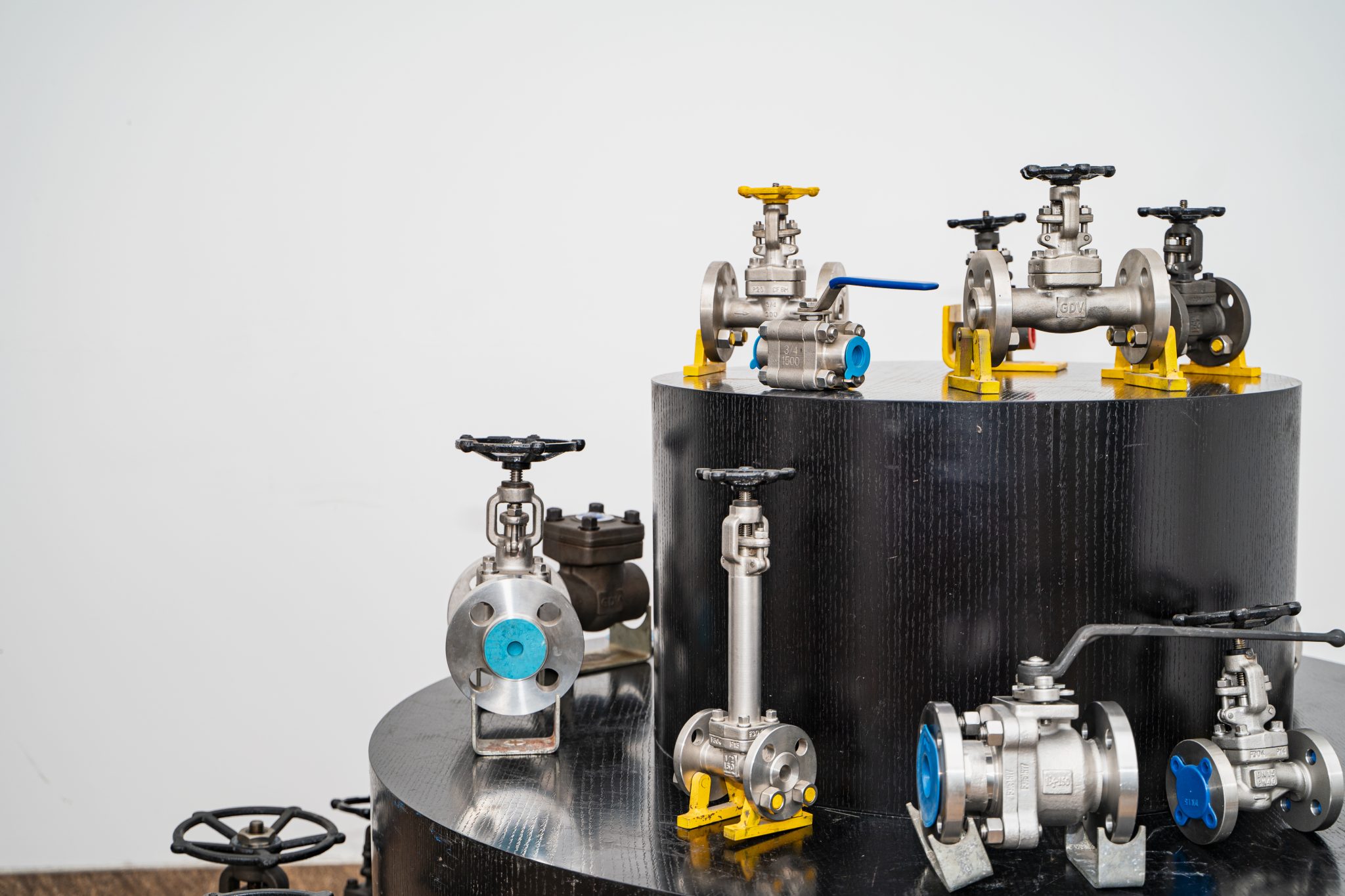Valves are essential components in various industries, including oil and gas, petrochemicals, and power generation. They control the flow of fluids and gases in pipelines, tanks, and other equipment. Two popular manufacturing processes for valves are casting and forging. In this article, we will discuss the differences between cast and forged valves.
What are Cast Valves?
Cast valves are made by pouring molten metal into a mold and allowing it to cool and solidify into the desired shape. The casting process involves several steps, including:
Pattern making: A pattern is created from wood, metal, or plastic to make the mold for the valve.
Mold making: The pattern is used to make a mold, which is then filled with molten metal.
Cooling and solidification: The molten metal cools and solidifies into the desired shape.
Finishing: The valve is finished to the desired surface finish and dimensions.
What are Forged Valves?
Forged valves are made by shaping heated metal using a forging press or hammer. The forging process involves several steps, including:
Heating: The metal is heated to a specific temperature using a furnace.
Forming: The heated metal is placed in a forging press or hammer, which applies high pressure to shape the metal into the desired form.
Trimming: The forged valve is trimmed to remove any excess material or rough edges.
Heat treatment: The forged valve is then heat-treated to improve its strength and durability.
Machining: The final step in the manufacturing process is machining, where the valve is finished to the desired dimensions and surface finish.
Differences between Cast and Forged Valves
- Strength and durability
Forged valves are generally stronger and more durable than cast valves. The forging process aligns the metal’s grain structure, making it stronger and more resistant to wear and tear. Cast valves, on the other hand, have a random grain structure, which can make them weaker and more susceptible to cracking or breaking under high pressure or temperature.
- Surface finish
Cast valves generally have a smoother surface finish than forged valves. This is because the casting process produces a smooth surface on the valve. Forged valves, on the other hand, have a rougher surface finish due to the high pressure used during the forging process. This rough surface can be beneficial in some applications, such as where a good grip is required for manual operation.
- Cost
Cast valves are generally less expensive than forged valves. This is because the casting process is simpler and requires less equipment than the forging process. However, forged valves are more cost-effective in the long run due to their increased strength and durability, which can reduce maintenance and replacement costs.
- Manufacturing flexibility
Cast valves are more flexible in terms of design and shape than forged valves. This is because the casting process allows for more intricate shapes and designs to be produced. Forged valves, on the other hand, are limited in terms of design and shape due to the high pressure used during the forging process.
- Corrosion resistance
Forged valves are generally more corrosion-resistant than cast valves. This is because the forging process compresses the metal, which makes it more dense and less porous. This denser structure makes it more difficult for corrosion to occur. Cast valves, on the other hand, have a more porous structure, which can make them more susceptible to corrosion.

